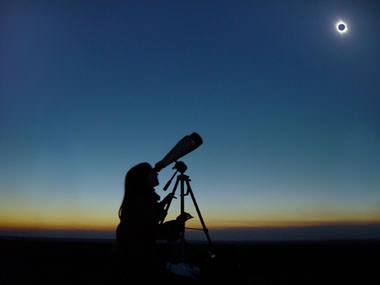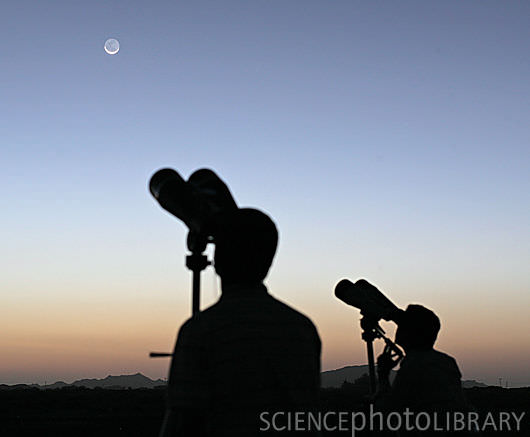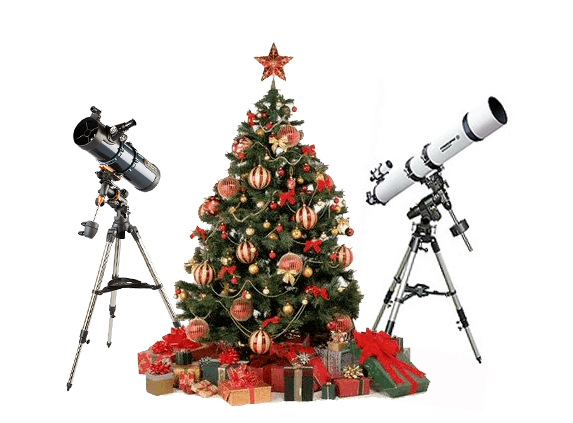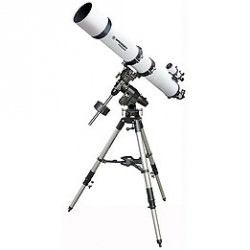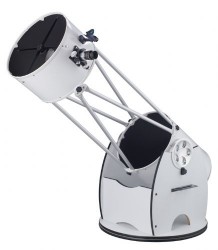Before you consider buying expensive equipment for viewing the wonders of the night sky, binoculars are one piece of equipment every amateur astronomer should have.
Many beginners to astronomy (especially around the holiday period) are sometimes dead-set on getting a telescope, but many aren’t aware that a good pair of binoculars can outperform many entry level telescopes for a similar cost, or much less.
Binoculars are simplicity in themselves — maintenance free, instantly available for use and very versatile, as they can be used for daytime, or “terrestrial viewing” just as well. It is difficult to say the same for with most telescopes.
Go into any photographic store, or website that sells binoculars and you will be met with literally hundreds of different makes, types and sizes – confusing for the beginner, but with a few pointers it can be easy to choose.
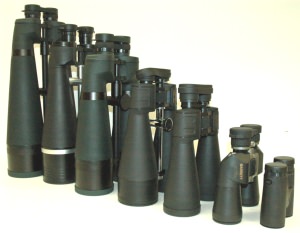
So how do you choose a pair of binoculars that will give good results with astronomy?
When choosing binoculars for astronomy, the only variables you need to think about are size of the optics and weight.
Too small and they won’t be powerful enough or let enough light in; too big and heavy means they are almost impossible to use without a support or tripod. Beginners need to find a pair of binoculars which are just right.
The key is to get as much light into the binoculars as possible without making them too heavy. This will give sharp views and comfort when used.
Size and weight come hand in hand, the more light gathered, the heavier the binoculars will be.
All binoculars are measured or rated by two numbers, for example: 10 X 25 or 15 X 70. The first number is the magnification and the second number is the “objective diameter” which is the diameter of the objective lens and this determines how much light can be gathered to form an image.
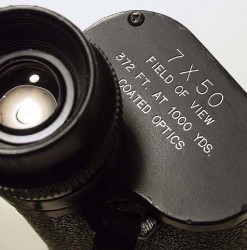
The second number or objective diameter is the most important one to consider when buying binoculars for astronomy, as you need to gather as much light as possible.
As a rule of thumb, binoculars with an objective diameter of 50mm or more are more suited to astronomy than smaller “terrestrial” binoculars. In many cases a larger objective also gives better eye relief (larger exit pupil) making the binoculars much more comfortable to use.
For the beginner or general user, don’t go too big with the objective diameter as you are also making the binoculars physically larger and heavier. Large binoculars are fantastic, but — again — almost impossible to keep steady without a support or tripod.

Good sizes of binoculars for astronomy start at around or just under 10 X 50 and can go up to 20 X 80, but any larger and they will need to be supported when using them. Some very good supported binoculars have objective diameters of more than 100mm. Theses are fantastic, but not as portable as their smaller counterparts.
Binoculars are one of the most important items a new or seasoned astronomer can buy. They are inexpensive, easy to choose, use and will last a very long time.
Enjoy your new binoculars!

